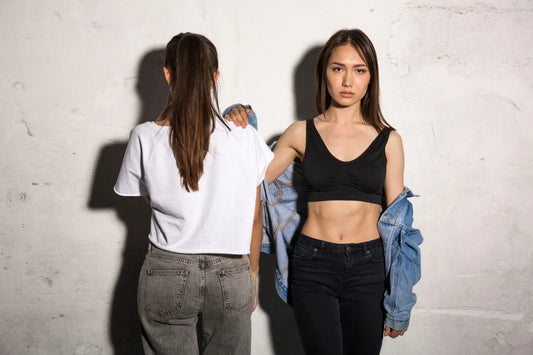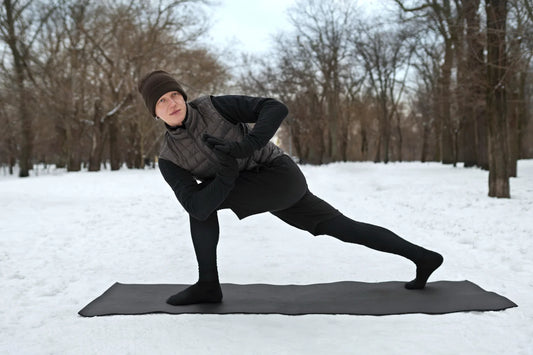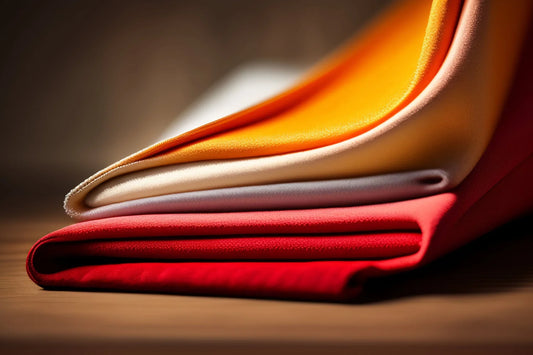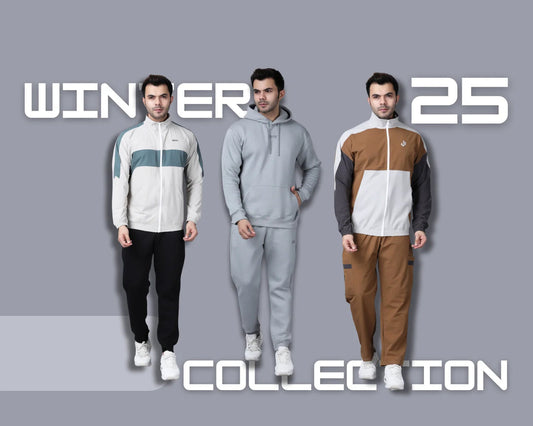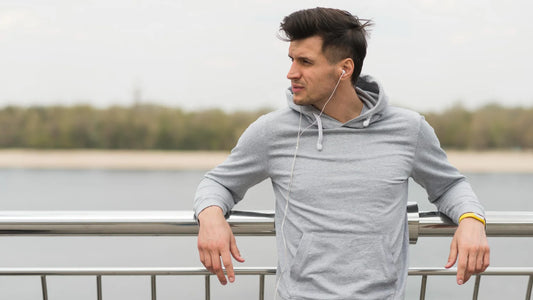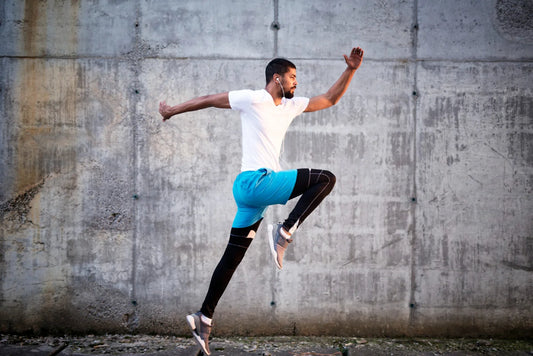
Top 5 Best Fabrics for Workout Clothes in 2025
In the year 2025, the cloth industry also continues to evolve together with the fitness industry. A meaningful advancement in comfort, performance and durability is brought forth by the application of the right fabric. The sector’s expanding fabric usage is now focused on combining performance and usefulness with element such as flexibility, moisture control, and sustainability. Without further ado, lets dive into the five best fabrics for workout clothes in 2025.
What Material Is Workout Clothes Made From?
Men’s gym wear clothes are made from a variety of materials, each offering unique benefits. These materials are used to meet the requirement of performance, comfort, and durability during physical activities. Ranging from natural fiber like merino wool to polyester, each fabric has a specific purpose. Choosing the most appropriate fabric will take account of the nature of the activity, individual preferences and environmental considerations.
List of Top 5 Fabrics for Workout Clothes
These are the five best fabrics recognized for their exceptional qualities in 2025. These fabrics are loved by fitness enthusiasts for their performance and comfort, which guarantees a better training experience.
1. Recycled Polyester
In recent years, a remarkable change in the world of activewear was brought on by the widespread use of recycled polyester. The material is cut from used plastic bottles and has been hailed not just due to its environmental responsibility, but also for its remarkable and robust performance. Moreover, the method of its production is ground-breaking as it has minimal waste and thus appeals to athletes who are environmentally aware.
Benefits:
The use of recycled polyester is advantageous and contributes to optimal performance as it is lightweight and durable, while also being moisture-wicking and allowing one to remain dry during vigorous exercises.
In addition, men’s gym t-shirts made from Polyester are resistant to stretching and shrinking and thus it maintains its fit through time. The fabric also features faster drying times which increases its usage during outdoor self-activities and exercises that are vigorous. Recycled polyester is flexible and is therefore readily available in order such as compression leggings and breathable tops.
Drawbacks:
Recycled polyester, despite being recyclable and sustainable, has a higher tendency to absorb odour and is not as breathable as petroleum fabrics. Washing of such material further contributes to environmental change through the singularity of microplastics in waterways. This problem can be alleviated by utilizing a wash bag designed for synthetic fabrics.
2. Merino Wool
Merino wool is a natural fiber that has changed the landscape of activewear by blending comfort with high performance. It is sourced from Merino sheep and has a soft, smooth texture hence it can be classified as fine wool ideal for workout gear.
Benefits:
Merino wool performs well in regulating temperature around the body by keeping you warm in cold seasons and cool in summer. It transfers moisture away from the skin, is quick to dry and is odor resistant, thus it is ideal for longer use. This fabric is also soft to touch and will feel nice when worn. It is good for low impact yoga as well as for outdoor runs because merino wool is comfortable and allows free airflow.
Drawbacks:
The downside of merino wool is its price and the wash care needed, as it is higher priced than synthetic materials. To maintain the wool’s quality, it can be either to be hand washed or machine washed in kind cycles with mild soap. High impact activities can be done in synthetic, as there are claims that merino wool is less durable.
3. Bamboo Fabric
Bamboo’s wonderful natural elegance and practicality are easily translated into bamboo fabric, an environmental friendly and renewable substitute. This fabric is obtained from the pulp of bamboo and is becoming much sought after due to its comfort and its eco-friendly reputation.
Benefits:
Bamboo fabric has been proven to be great for a hypoallergenic body, as it is soft, airy, and absorbs sweat. It also has some anti-odor qualities because of its unique construction. It is also moisture-wicking and lightweight which is ideal for practices such as yoga or pilates. Furthermore, it also has temperature control features that make it suitable for all weather conditions.
Drawbacks:
Bamboo fabric is said to be more prone to wear and tear than synthetic materials. You could combine it with other fibers to increase the lifespan of bamboo fabric while still being soft. It is also safe to say that not all fabrics made of bamboo have used eco-friendly processes which is why it’s important to go with certified sustainable bamboo fabric, instead.
4. Nylon
Activewear has always made a special place for nylon in its fabric construction as it is a durable and reliable textile. This material epitomizes strength and comfort to an individual while allowing them to perform to their full potential.
Benefits:
Nylon is perfect for exercising as it is moisture-wicking and easy to dry up. It has superb stretch and recovery capabilities which add to its comfort and enables it to adapt to different motion without losing its shape. Nylon being abrasion resistant works great for activities like running, weightlifting, or cycling.
Drawbacks:
Individuals who have skin allergies, may find nylon irritating to their skin, and it is also not the most environmentally friendly material out there. Using nylon with other eco-friendlier fibers can cover some environmental concerns. Proper care, like washing with mild detergents, helps maintain its longevity.
5. Spandex (Lycra/Elastane)
Spandex can also be referred to as elastane or Lycra which is synonymous with stretchable and elastic qualities in fabrics. Considering its property to improve movement, it has become a staple fabric for workout attire.
Benefits:
Spandex is widely recognized for having excellent elasticity and flexibility. It provides compression while enabling complete mobility which is beneficial in exercise activities such as yoga, Pilates and even dancing. It is also worth noting that spandex can also complement other materials in terms of performance. Also, they are incredibly light and do not absorb sweat meaning, they can be worn for a long period comfortably.
Drawbacks:
However, Spandex also has a downside in that its breathability is less than that of natural fibers, and it can lose its elasticity with time. To prolong its life span, its recommended you air dry the fabric or follow the care instructions on the label.
Conclusion
To sum up, selecting the perfect fabric for your training attire can help you perform better and be more comfortable. In 2025, recycled polyester, Merino wool, bamboo fabric, nylon, and spandex are the most preferred fabrics for men’s gym wear who like to work out. It’s important to take into account your specific requirements and preference when purchasing workout clothes as each fabric works differently and is able to do different things. The other benefit of using performance fabrics made from eco-friendly materials is that it also makes the world a better place.
